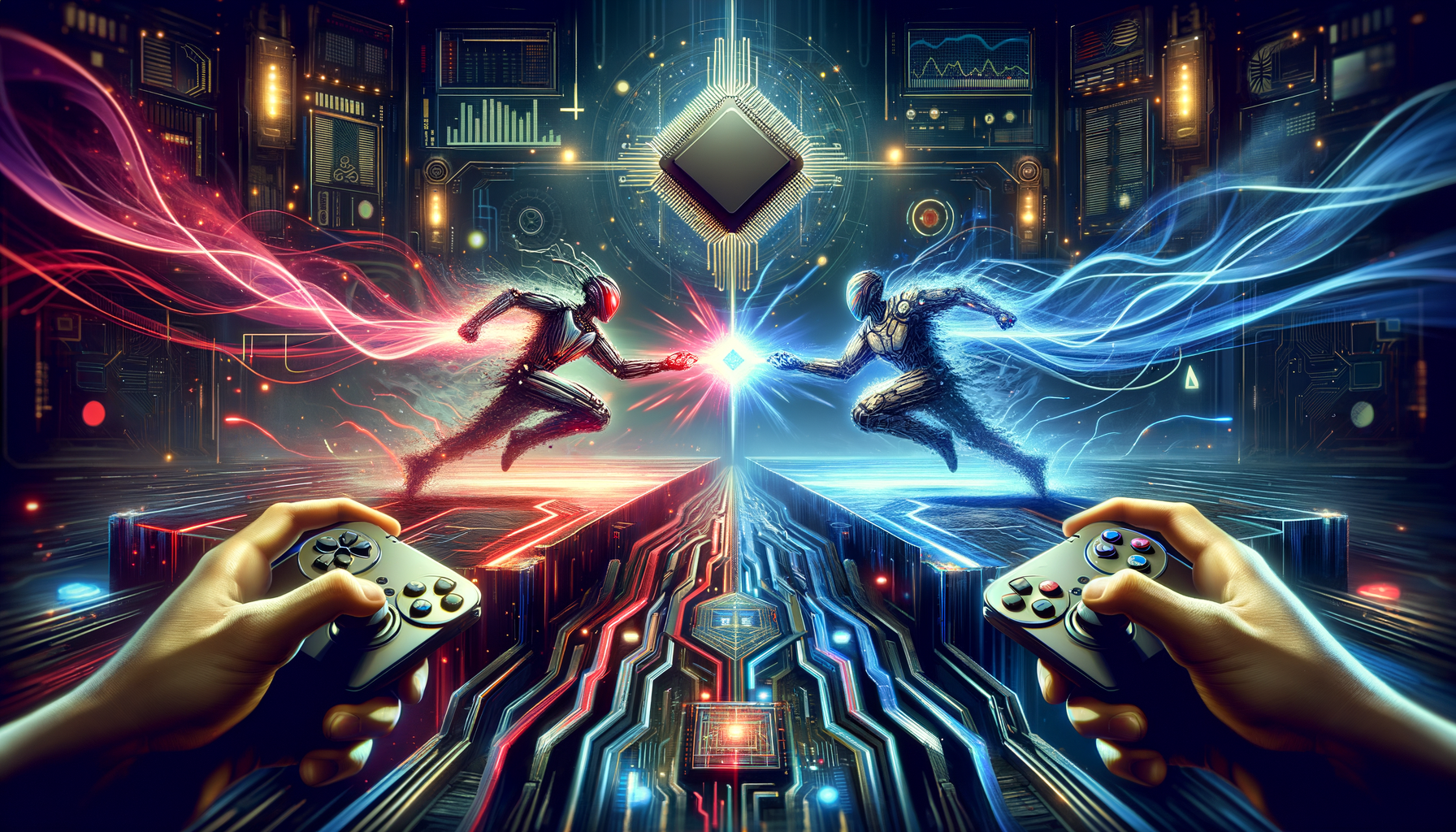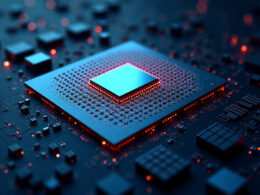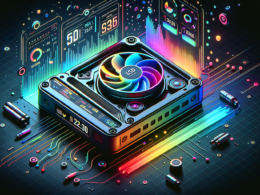It’s a close call between AMD’s Ryzen Z2 Extreme and Intel’s Core Ultra 7 258V in gaming benchmarks, suggesting Intel’s latest chips might just be on par with AMD’s powerhouse. Spoiler: Intel’s Lunar Lake might be the dark horse contender in the chip race.
Zooming In
Let’s dive into the nitty-gritty: recent benchmarks from the Golden Pig Upgrade Pack have shown a surprisingly close competition between the AMD Ryzen Z2 Extreme and Intel Core Ultra 7 258V. Well, who could’ve guessed? These benchmarks compared two MSI handhelds: the Claw A8, running an AMD Ryzen Z2 Extreme, and the Claw 8 AI+, powered by the Core Ultra 7 258V.
Both devices were put through their paces in 10 different games, under both 17 W and 30 W power settings. The results were eye-opening. Despite expectations set by AMD’s impressive specifications, the Intel chip held its own, achieving near parity in half of the game tests.
Speaking numbers, at the 30 W power setting, the Ryzen was faster in 5 games, fell slightly behind in 3, and matched Intel in 2.
| Spec | Ryzen Z2 | Intel Core Ultra 7 |
|---|---|---|
| CPU Cores | 3x Zen 5 + 5x Zen 5c | 4x Performance + 4x Low Power Efficient |
| CPU Threads | 16 | 8 |
| GPU Boost Clock | 2.9 GHz | 1.95 GHz |
Even underwhelming for some, Ryzen’s touted 11% speed advantage at 17 W isn’t as mind-blowing in practical use, evidenced by geomeans of 42 FPS (avg) against Intel’s 38.
The AMD chip comes with eight powerful multithreading cores (Zen 5 and Zen 5c), while Intel’s Lunar Lake APU packs a mix of four P-cores and four E-cores without multithreading, relying on lesser L3 cache.
This nerd fight shows that Intel’s Lunar Lake chip is giving AMD’s Ryzen a tough time, performing remarkably well despite the paper specs suggesting otherwise. While the Radeon 890M GPU in the Ryzen should theoretically outperform Intel’s Arc 140V due to higher boost clocks and the robust RDNA 3 architecture, the real-world game performance discrepancy isn’t as wide as one might expect.
In essence, if you’ve snagged an MSI Claw 8 AI+, don’t fret over the Claw A8. From purely gaming metrics, the difference isn’t significant. Until more hands-on tests are done, intangibles like screen quality, software, and battery life remain topics of interest.
All this shows Intel’s movement in the right direction. Though they might be phasing out the Lunar Lake design for the Panther Lake (yep, awkward but that’s tech for you), this baby may still hold promise for the future of handhelds. Competition is good in tech, and hopefully, we keep seeing these eyebrow-raising matchups unfold.









